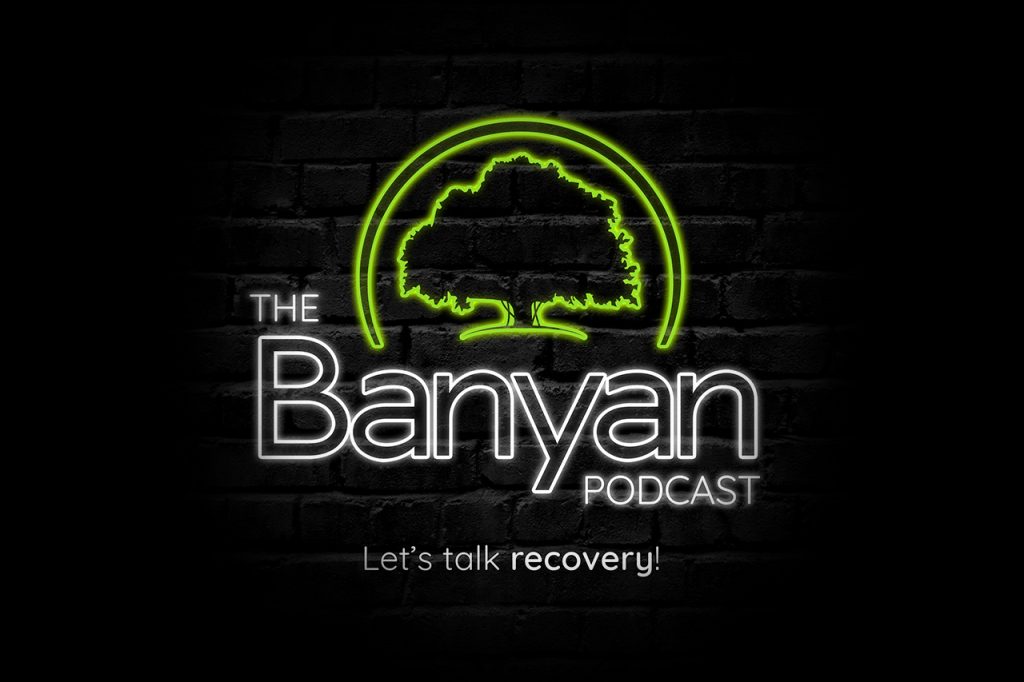Media Portrayal of Mental Illness
The things we see in movies, television shows, and social media can shape our beliefs and the way we see others. Unfortunately, stigma and prejudice come to fruition within these platforms, and the media portrayal of mental illness is no exception. Mental illness portrayal in the media is often obscured and inaccurate. As an addiction help center that offers treatment for various mental illnesses and co-occurring disorders, we understand how negative media coverage of mental health can impact the way it’s understood and approached by the general public. Today we’re going to be taking a look at the dangers of stigmatization of mental illness in the media.
How Is Mental Illness Portrayed in the Media?
To better understand mental health stigma in the media, we first have to ask: what is stigmatization? Stigmatization is the action of describing or regarding someone or something else as worthy of disgrace or lesser than.
Social stigma can be better defined as the disapproval or discrimination against an individual or group based on their social characteristics that distinguish them from other members of society. TV shows, movies, and even social media accounts tend to focus on individuals with mental illness rather than the condition’s impact on society as a whole.
As a result, media consumers (i.e., us) are more likely to blame the individuals for their illnesses instead of understanding their symptoms. Below are some ways that mental health is stigmatized, trivialized, and glamorized by the media.
Stigmatization of Mental Illness in the Media
The stigmatization of mental illness in the media is severe. For instance, certain mental health disorders, such as schizophrenia, are portrayed as being so disruptive that people with schizophrenia must be isolated from society.
Overgeneralization also contributes to the negative and inaccurate representation of mental health in the media. This is when every person with the same mental disorder is expected to behave the same and display the same characteristics or symptoms.
For example, common depictions in the media include that people with depression are often portrayed as suicidal, and people with schizophrenia in the media are frequently portrayed as hallucinating. It’s also common for negative media portrayals of mental illness to ignore the fact that not everyone with a mental health disorder discloses their condition with everyone they meet.
On the contrary, mental illness is either unrecognized or even misdiagnosed, which are common issues that facilities like our Banyan rehab locations try to rectify. Portrayals of mental illness in the media tend to present situations in which everyone around the individual knows about their condition, which is simply not the case.
More often than not, many parents, spouses, and children of people with mental health disorders are unaware of their loved ones’ specific conditions. This often creates problems within the individuals’ lives.
Most concerning of all, however, is that the media often portrayals mental health disorders as being untreatable or unrecoverable. Not only is this discouraging to those with these disorders, but it also plants a seed of doubt and misconception in the minds of those who aren’t familiar with mental illness at all.
Trivializing Mental Illness
The media also tends to trivialize mental illness or make it seem not severe or less severe than it really is. For instance, anorexia nervosa is a commonly trivialized mental health disorder in the media, yet it’s the one with the highest death rate.
One meta-analysis from 2011 that collected the results of 36 studies representing 17,272 people with eating disorders found that 755 had passed away from their conditions.1 Mental illness, when it is recognized by social media, also tends to be oversimplified.
For instance, people with obsessive-compulsive disorder (OCD) are often portrayed as simply being overly cleaned or organized. They’re also usually characters that are often portrayed as being beneficial or helpful. For example, in the television series Monk, the protagonist detective has OCD, and the fact that he pays such close attention to detail helps him solve his cases. But in reality, this condition is much more complicated.
People with OCD often struggle with unwanted aggressive or horrific thoughts about hurting themselves or others. They may be so afraid of being dirty or of germs that they wash their hands to the point where their skin cracks.
People who don’t have disabilities often use media channels to mock those who do or to oversimplify or modify their conditions in movies and television shows so they can be beneficial to others. For example, people often refer to themselves as having OCD because of their attention to detail and cleanliness, when in reality, this condition is so much more difficult to manage.
Glamorization of Mental Illness in the Media
Especially during the COVID-19 pandemic, our social media use has increased significantly. This is a cause of concern, not only because of the effects of too much screen time but also due to the content on these platforms.
While social media and other similar platforms allow us to express ourselves, mental illness is often romanticized in apps like Tumblr and Twitter through phrases or images that portray it as something aesthetically appealing. For instance, it’s not uncommon to find a picture of someone attractive, young, and in seemingly good shape alongside a quote about depression.
One recent study investigated the role of social media in the glamorization of mental illness and how this can be misleading and even manipulative. They found images of quotes romanticizing suicide, like, “I think suicidal people are just angels that want to go home.”2
They found images of people with eating disorders that say, “Resist or regret” to imply that having an eating disorder is a way of being in control. People may use hashtags in their posts like # , #alone, #fat, #bulimia to attract users looking for eating disorder-related posts.2
There’s even the “Anorexia Fairy” in images with quotes that say, “I’m anorexic and proud.” Moreover, celebrities have also contributed to this movement.2
While many are inspired by their idols, celebrities often have the right motives but lack the proper execution. For instance, Selena Gomez, a singer and actress with millions of followers on Instagram, was the executive producer of the series 13 Reasons Why.
Since its release, the show has been classified as extremely dangerous for teenagers as it seemingly glamorizes depression and promotes suicidal tendencies. In fact, when the show was first released on the popular streaming platform Netflix, the character Hannah’s suicide scene was shown clearly.
Eventually, however, the scene had to be cut from the show due to its graphic depiction of suicide, a danger that many were concerned would only romanticize and even encourage the action in certain viewers.
Another celebrity who, although unintentionally, tends to casually promote depression is Lana Del Ray. The singer with millions of followers on Instagram is known to promote depression in some of her songs and music videos, including a popular one called “Born to Die.” On the other hand, engagement tools on social media also give users the power to use subliminal messaging to promote mental illness.
For instance, the study mentioned earlier included a post on Tumblr stating, “I am not good with people” was a hidden message declaring social anxiety, and had nearly 5,000 interactions with other users. This, therefore, promoted the post and sent positive feedback to the person who originally posted it, enhancing their statement as being likable or desirable.2
The study goes on to include other dangerously influential images posted on Tumblr, such as one of a pack of razor blades that said, “This is a different kind of art.” It wasn’t until the posts in the study became more direct, such as one of someone’s scarred wrist with writing on it that said, “My wrist is screaming ‘cut me’” that participants believed the message to be “all fun and games until someone really wants to kill him/herself.”2
What Can We Do?
To combat the negative media portrayal of mental illness, we all need to do our part. There are certain things you can do to improve the depiction of mental illness in the media, including:
- Analyze the goal of mass-media production. For instance, understand the balance between being newsworthy or emotionally arousing and verifiable.
- Implement a course about mental health for journalists and others in the media field.
- Include expert advice from psychiatrists in films centered around mental illness.
- Present mental illness in a show or movie only when it is relevant to the story.
- Use mental health-related terminology accurately.
As individuals who consume large amounts of mass media and engage in social media frequently, the best thing we can do is to stop using language like “crazy” or “deranged” flippantly or casually. We should also be mindful of saying things like, “I’m so OCD about…” because it trivializes the seriousness of the condition.
Also, don’t attempt to make a psychiatric diagnosis outside of a clinical setting. If you believe that you or someone you know has a mental disorder, seek a mental health professional’s diagnosis.
Get Help Today
Whether you want expert advice or require treatment for depression, anxiety, OCD, or any other mental disorder, Banyan Treatment Centers can help. We offer a mental health program in Florida that includes everything from primary diagnosis to inpatient and outpatient treatment services.
Our mental health treatment is offered at several of our Banyan rehab locations, so you have plenty of facility options. Our addiction facilities also offer dual diagnosis treatment for patients with both an addiction and mental health disorder, as well.
Don’t wait to get help. Call us today at 888-280-4763 for more information about our Banyan drug treatment and mental health services.
Related Reading:
The Impact of Alcohol Advertising in Social Media
The Dangerous Connection Between Social Media & Drug Abuse
Sources:
- NIH - Mortality rates in patients with anorexia nervosa and other eating disorders. A meta-analysis of 36 studies
- ResearchGate - Mental Disorders: A Glamorous Attraction On Social Media?




















